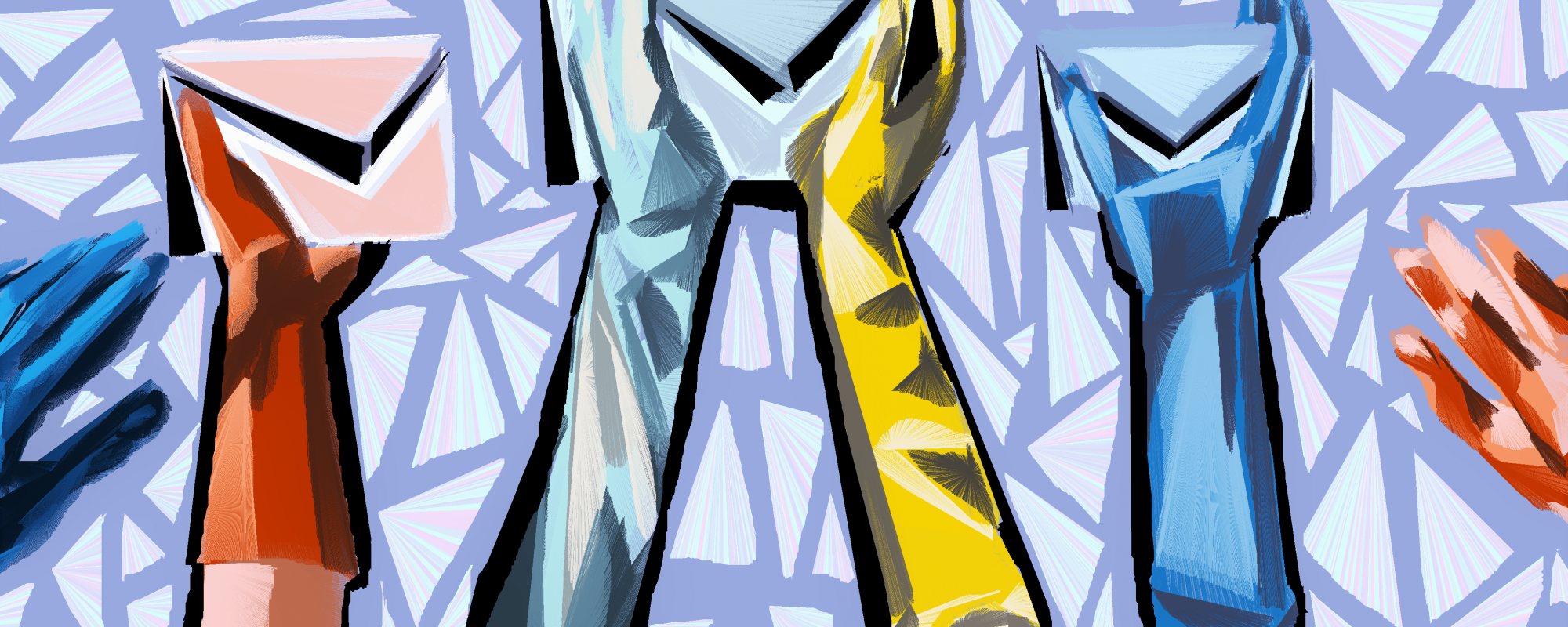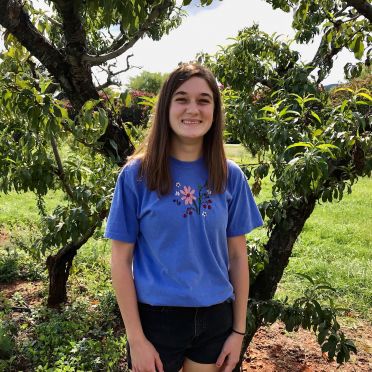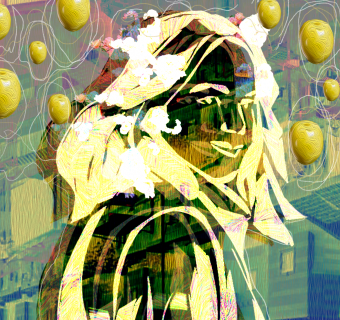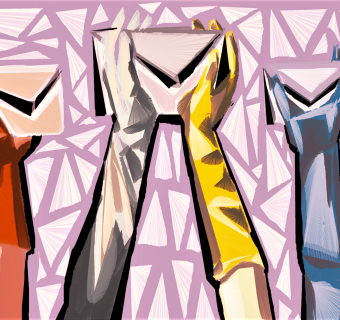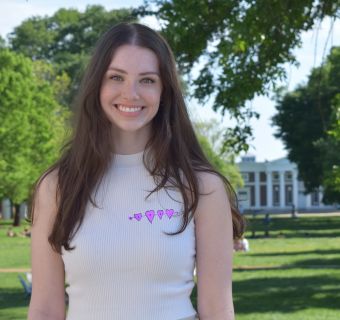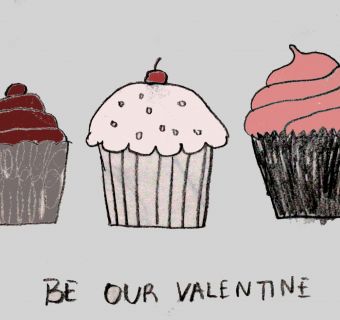Like Mary Oliver, when I go into the woods, I often like to go alone because I also like to talk to the birds (among other things) and hug trees and feel invisible. “How I Go to the Woods” is one of my favorite poems because of this; Oliver captures almost exactly what I love and how I love.
The last time I went into the woods, however, was the day before returning from fall break, as I looked for deer feces in the woods with my brother. This did mean that I loved him very much as Oliver points out, but it was also the product of a life-long battle of a younger sibling getting an older sibling to do something the younger sibling wants to do together.
The last time I think I was able to persuade Berkley to play one of “my games” instead of me having to play his as always was in elementary school when he played with my Littlest Pet Shop collection with me. I remember he chose my green lizard and made it fight my dog (named Muffin and a pacifist by nature). Muffin "died" that day, and then Berkley went to play outside by himself on the logs behind our house again with his toy lightsaber. But this past week, Berkley and I looked for deer scat and scrapes because he decided he wanted to find out if there were deer in the area (he says he wants to hunt now, which I am vehemently against). I mostly sang things and talked in a British accent and tried to hit him with the stick I found because he’s heard me sing and talk to things my whole life (as he pointed at random trees and stroked his beard, as if that qualified as evidence). Nature can be such a sacred space, yet also such a weird one.
Our theme this cycle was “nature,” and our beautifully creative authors took this in many more ways than just the “outdoors.” In her haunting poem, “mannequins are born on the forest floor,” Muntaqa Zaman contemplates the nature of gender through the image of mannequins searching for a soul and body that fit the speaker. Kexuan Liu offers a philosophical inquiry into the faces one “wears” every day through her short story and further analysis in “Sand, Face, Shadow.”
In her vivid flashes of memories, Andi Sink invites us to observe the butterflies, bugs, and plants alongside her as she grows through each scene, in her intricate piece “Polaroids.” Chloe Lyda climbs toward an October sunset as she contemplates moving forward toward new relationships (with herself and others) in “October, Let Me In.” In Emma Keller’s poem “natural disaster,” the speaker reflects on her weather-swept relationship as a “cyclone," roaring with chaos, crashing to earth, and ending with a “ghost in the rain.”
Mesina remembers gardening with their Tatay, and how rooted they both are in relation to the earth, and the community around us, in “Gardening Lessons.” Juliana Callen wryly, and with a tinge of hope, describes the unpleasant seasonal adjustment to towards winter and the loss of sunlight in “Daylight Saving Time.” In her poem on rain titled “feel me,” Sadie Randall jumps into the rain, as celebration and connection to self, as glorious release of inner tension.
The phenomenal artwork paired with each piece this cycle was produced by Kim Salac and Katie Jane Villaneuva.

